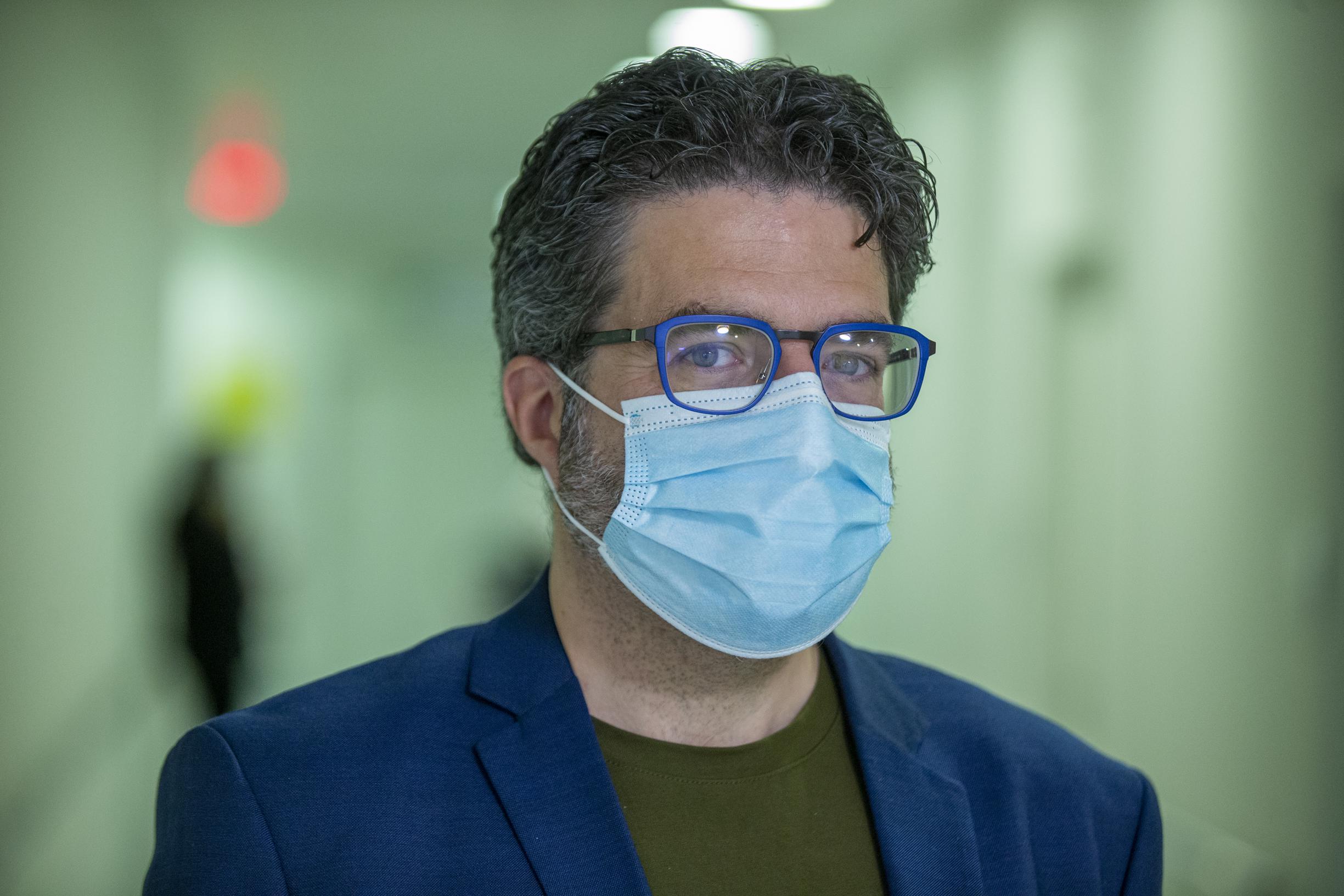When phosphane, a gas that is released during the decomposition of organic matter and indicates the possible presence of life, was discovered in Venus ‘atmosphere last year, experts argued that Venus’ atmosphere was full of sulfuric acid droplets and that, according to current scientific knowledge, something could hardly survive.
–
However, a new study by scientists from MIT published in the proceedings of the American National Academy of Sciences pointed out that there may also be ammonia in the atmosphere of Venus, which neutralizes sulfuric acid. As a result, the sister planet Earth could be the host of life.
–
“We have a lot of very acidic environments on Earth where life thrives, but nothing like the droplets of acid (sulfur in the atmosphere) on Venus if something doesn’t neutralize them,” said study co-author Sara Seager in a weekly press release.
–
We need to send another probe
The presence of atmospheric ammonia has not yet been proven, but scientists believe it could be there. They derive this from data sent by the Venera 8 and Pioneer-Venus probes in the 1970s. If ammonia were actually in Venus’ atmosphere, it could be involved in a complex chain of chemical reactions that could ultimately make the atmosphere of sister planet Earth habitable for living organisms, U.S. scientists believe.
–
All that remains is to verify this by sending another probe. However, according to current space agency plans, it could reach the second planet in the solar system within fifteen years.
—


